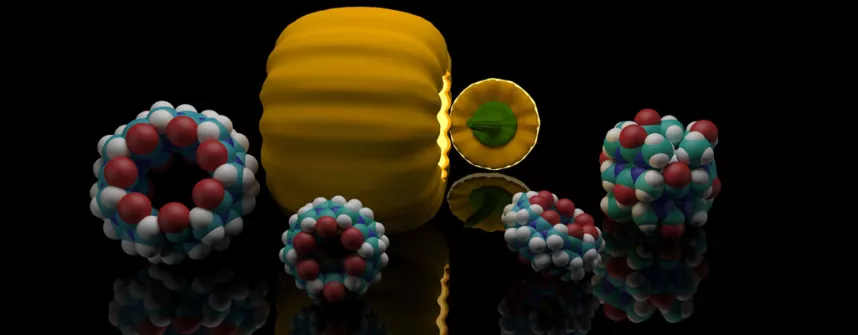Promising transport molecule for steroid medications discovered
,
November 4, 2016
